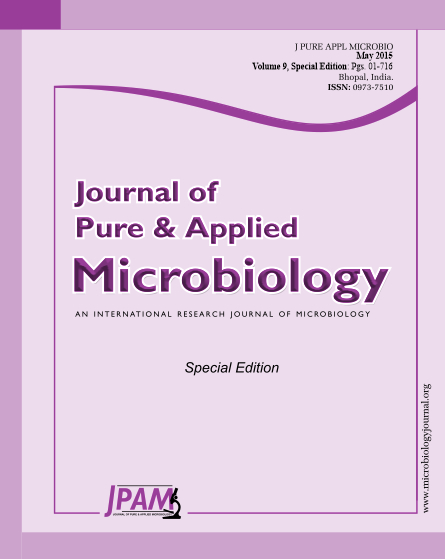Biological treatment is one of the considerable choices for removing of phenol as a main pollutant present in the environment. Recently phenol biodegradation has been considered, and marine bacteria are the most important phenol biodegrader. In this study, the phenol degrading bacteria from marine environmental samples were isolated from RasGhareb Red Sea Governorate, Egypt. Isolation and identification of the most effective bacterial species using direct isolation method on mineral salt medium supplemented with 2.0 mM phenol as the sole carbon source are mentioned. The two phenol-degrading bacteria were characterized by morphological, biochemical properties and confirmed by DNA fingerprinting technique. Ribosomal database project consistent with phylogenetic analysis of 16S rRNA gene sequences showed that the strain RGRS-1 has 99% similarity with Ochrobactrum sp. strains while RGRS-2 has 98% similarity with Kocurica camiphilia strains. The DNA G+C content of strain RGRS-1 was 53 mol% while RGRS-2 was 57 mol%. On the basis of polyphasic analysis, strain RGRS-1 is considered to represent a novel species of the genus Ochrobactrum, for which the name Ochrobactrum sp. RGRS-1 is proposed. On the other hand, RGRS-2 proposed a name is Kocurica camiphilia RGRS-2 .The nucleotide sequences of 16S rRNA gene have been deposited in GenBank under accession numbers: KP221808 and KP221809 for RGRS-1 and RGRS-2 respectively. The aerobic isolates grew on phenol at concentrations ranging from 2-10 mM. The ability of the isolates to degrade phenol make them a potential candidate for use in bioremediation of environments contaminated by such or related compounds.
Biodegradation, Bioremediation, marine water, phenol, Ochrobactrum sp. RGRS-1, Kocurica camiphilia RGRS-2
© The Author(s) 2015. Open Access. This article is distributed under the terms of the Creative Commons Attribution 4.0 International License which permits unrestricted use, sharing, distribution, and reproduction in any medium, provided you give appropriate credit to the original author(s) and the source, provide a link to the Creative Commons license, and indicate if changes were made.


